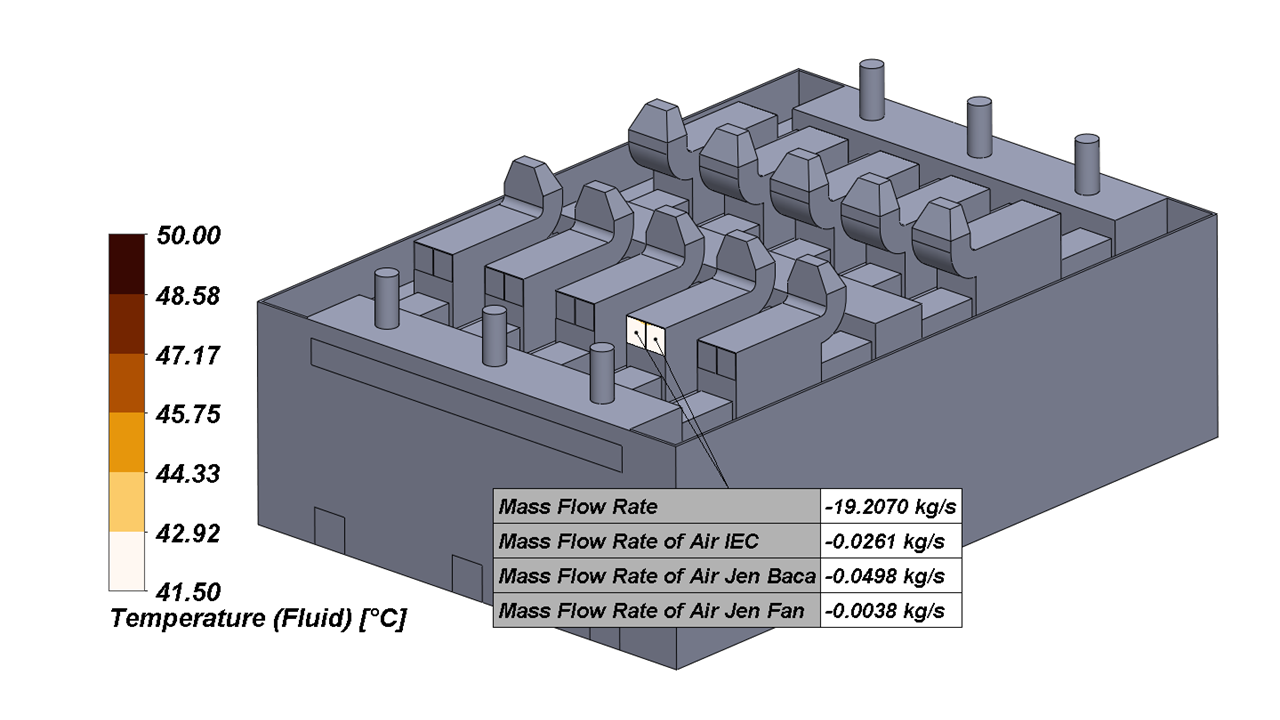
Bypass Ratio in Data Center Cooling Systems
Data centers are facilities that house computer systems and additional systems such as telecommunications and data warehouses. In data centers, the electrical, mechanical and security systems vary depending on the importance of data processed and stored.
They are classified into four levels according to their sophistication:
- Tier 1: Data center serving small businesses. IT, electrical, mechanical installations are non-redundant. In general, there are no measures for power outages for more than 10 minutes.
- Tier 2: Includes partial redundancy in power and cooling systems. Can withstand a 24-hour power outage using a generator.
- Tier 3: Includes a redundant power grid. Can withstand 24-hour power using a generator.
- Tier 4: Meets all Tier 3 criteria and can withstand a 96-hour power outage. Has a 24/7 staffed team in place, and the location is chosen based on technical criteria that require attention and operated with high security measures.

Proportionally, the values of 0.0013% between 99.982% and 99.985% may seem insignificant, but it is important in practice. When taking into consideration a one-year period, 525.600 minutes, a Tier 3 level is approximately 95 minutes unavailable, while a Tier 4 level is approximately 27 minutes unavailable. An hour of downtime can cause significant financial losses, for example bank.
As the Tier level rises, the importance of progressing the process in the steady regime increases. The cooling system is important for continuously operating electronic devices. Cooling System:
- It enables devices in the data center to operate at high speed.
- It regulates the operating temperatures of the devices and keeps them under control.
- It increases the performance of the devices and extends their life.
- It reduces electricity consumption by keeping the operating temperatures of the devices low.
- It reduces the risk of fire.
As a result, the cooling system in the data center is an important and critical issue and should be given careful consideration. In general, the working principle is on the transfer of hot air from inside to outside and cold air from outside to inside.
Considering this importance, the importance of determining a strategy for the cooling system emerges. Future case scenarios should be modeled for power, cooling and cost criteria.
In site selection, meteorological-based prevailing wind direction and intensity should also be considered in design criteria along with the region’s climate. Climate is one of the most important facts of what kind of cooling strategy to follow. The selection of the capacity of air conditioning is made according to the extreme temperature of the outdoor environment.
It is important for the fresh air intake temperature of the units to prevent problems such as increasing power consumption and non-operation of the air conditioning units.
Bypass Ratio
Due to both meteorological factors and design errors, the intake surface temperatures of the units may not always be able to cool with the temperature of the atmospheric air. The basic expectation is that intake surface temperatures work with the outside air temperature. However, in this condition, it forces the system in terms of consumption and failure scenarios during operation, usually due to the bypass problem.
Bypass is the situation where a cooling system in a data center takes in mixed air from other systems instead of directly taking in fresh air from the fresh air intake vents. This condition is especially critical during the summer months. The processed and released air from the generator chimney, room or other climate systems may go directly or indirectly to the intake of the cooling machines. In this case, cooling with air that is warmer than the atmospheric air increases the consumption of the machines.
High bypass ratio indicates inadequate cooling for the data center and can negatively impact the performance and security of the data center. On the other hand, low bypass ratios can provide higher efficiency and cost savings in the data center.
Design changes, such as changes in position, pipe, and channel additions, etc. that ensure that the exhaust air does not flow towards the exhaust opening may be the most feasible improvement alternative that can be made on the established design criteria.
Although there is no definite coefficient between the bypass ratio and the surface temperatures, there is a connection. For example, in an environment where the external atmospheric temperature is 41.5 °C, it is expected that the temperature of the suction surface of a unit that emits air would also be 41.5 °C. However, the exhaust from a generator, ventilation exhaust, and the unit’s own exhaust can increase the temperature by being sucked from the suction grill. This correlation can be established, and the correct design can be achieved by using CFD analyses. CFD analysis allows for the creation of a correlation and the correct design by testing multiple scenarios on a model in a practical and low-cost manner.
Calculating the bypass rate using an example:
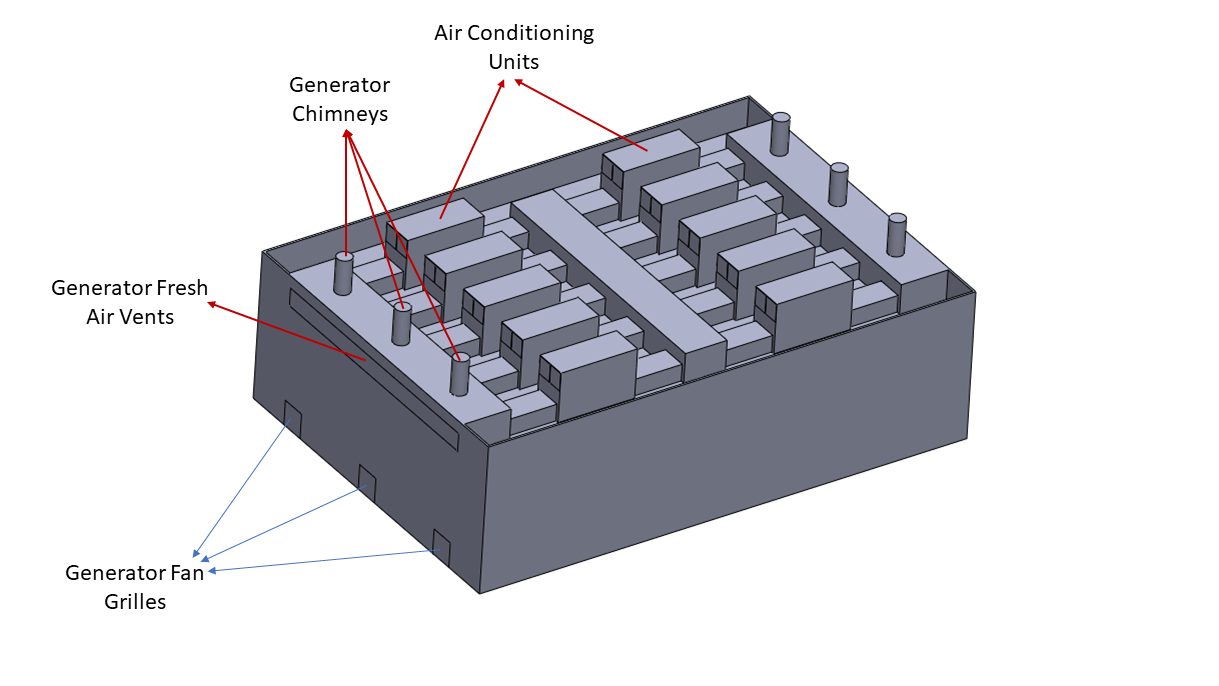
In an environment with an atmospheric temperature of 41.5 °C, there are 10 air conditioning units on the roof of a data center (intake and exhaust surfaces), a generator chimney for gases emitted from the generator rooms, generator fans and generator fresh air intake vents. The focus point in design will be the exhaust direction of the air conditioning units.
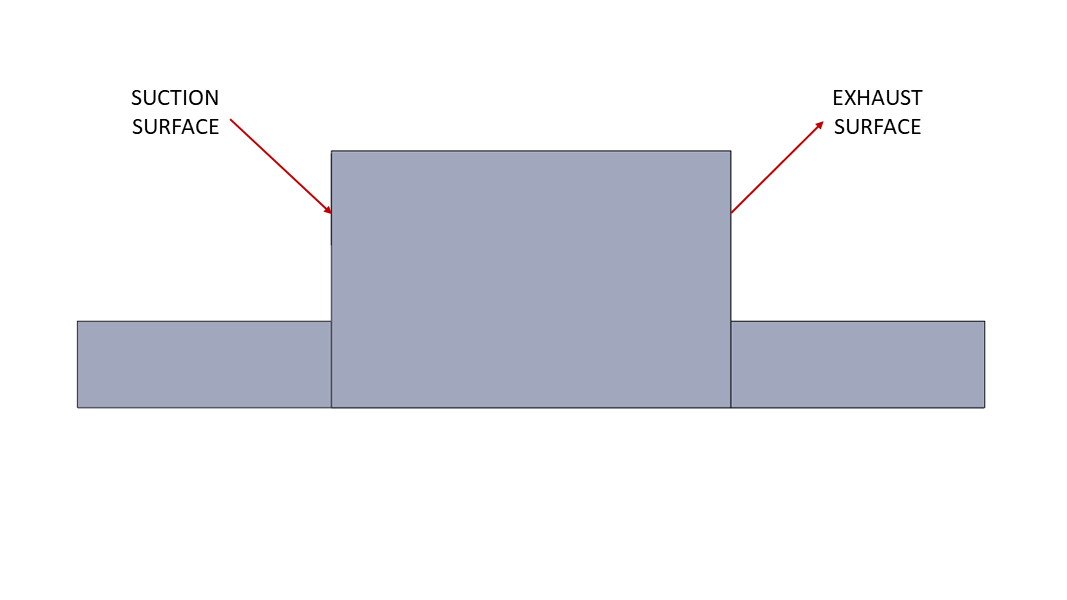
The boundary conditions applied in the analysis are also important. We must also define the wind profile applied outside of the 41.5 °C atmospheric temperature, as well as the boundary conditions of the devices.





The temperature distributions shown in Figures 4 and 5 are generated by the analysis run for 75 seconds with the boundary conditions defined in Figures 2, 3, and Table 2. A temperature accumulation occurs on the side marked in Figure 5 due to wind direction and the exhaust direction of the units. The temperature buildup is due to the re-absorption of gases that have undergone processes such as air conditioning unit exhaust or chimney exhaust by the air conditioning unit.
The bypass of hot air from the air conditioning unit’s exhaust back into the intake air is the cause with the highest bypass rate, generator waste gases mix directly with the atmosphere and only small amount returns to the intake units. This can be tracked numerically through CFD analysis.
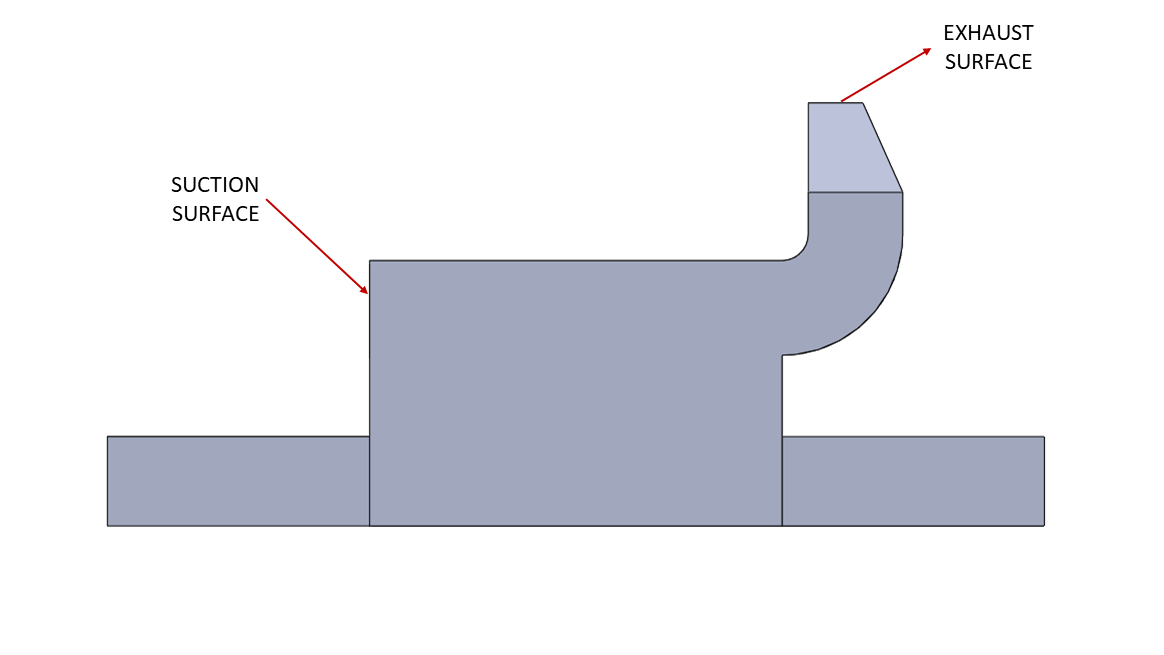

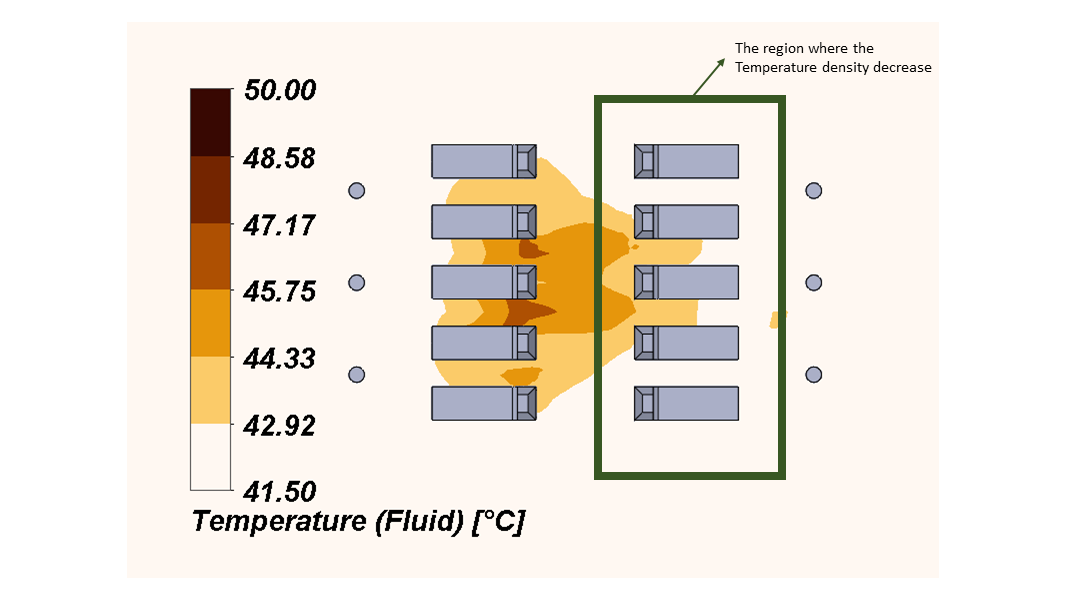
As seen in Figures 8 and 9, the temperature buildup problem in the exhaust direction of the units has been resolved. Upward air conditioning unit exhaust directly releases the processed hot air into the atmosphere without directing it towards the intake units. This has resulted in a decrease in the bypass rate and a corresponding decrease in the intake surface temperature.


If we examine the results, we see that the bypass ratio is directly related to the surface emission temperature. As the bypass ratio increases, surface temperatures deviate from the desired temperatures. This situation generates a need for additional cooling power in the units, which leads to higher power consumption to meet this need, as well as increased maintenance costs for a unit that will operate above nominal values.
Examining the results found in Figure 6 and Table 3, directing the exhaust upward with a channel has improved the bypass ratio by up to 40% and provided a cooling of 5 °C. Assuming the units have a daily cooling requirement of 24 kW and the COP values are 6, let’s assume that they consume 4 kW of power. The 5 °C cooling will result in a reduction of 20 kWh/day in energy consumption. If we consider that 5 devices have been optimized, a decrease in energy consumption of 100 kWh/day can be observed.
In summary, the bypass ratio and surface emission temperatures are parameters that directly affect consumption in a cooling machine. In the following weeks, a model will be established between the bypass ratio, surface temperatures, and electricity costs, and we will examine cost analysis.



